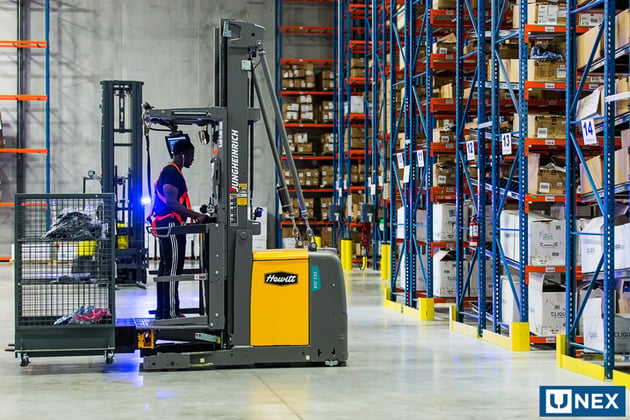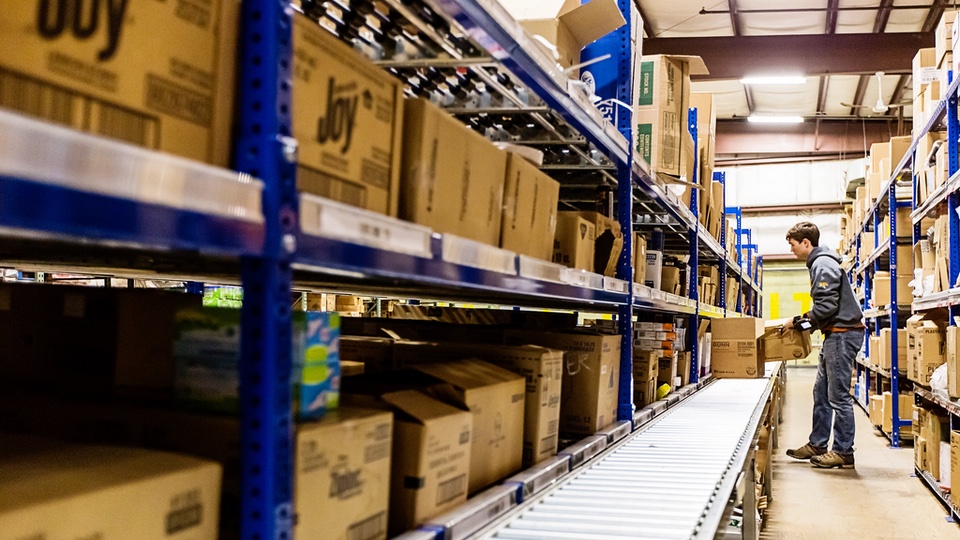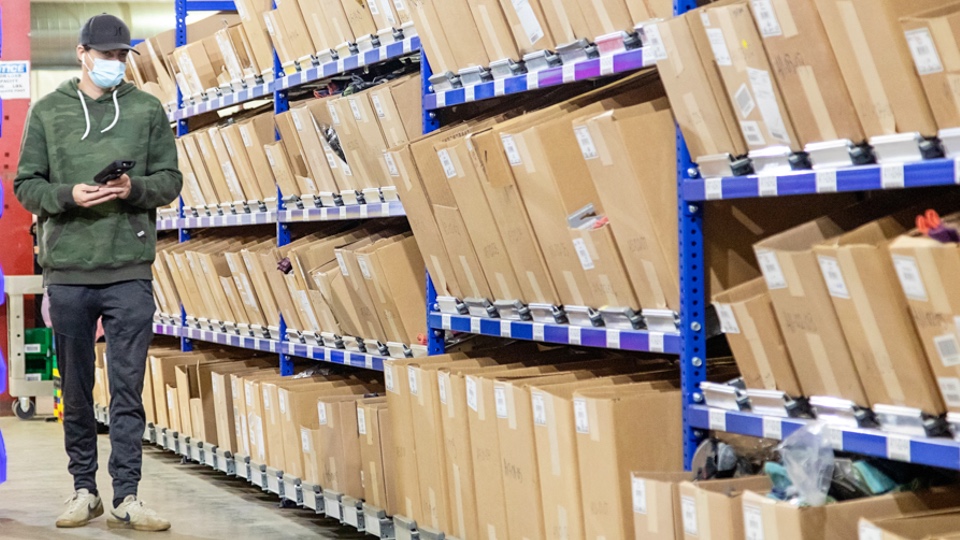What's Stopping You from Adopting Next Generation Supply Chain Tech?

The latest generation of supply chain technology has become increasingly instrumental to businesses of all kinds, from manufacturers to retail sellers. Next-generation supply chain tech includes various digital solutions, including robotics, sensors, artificial intelligence (AI), and advanced analytic software. These innovations can help companies streamline operations, predict trends, manage inventories, optimize logistics, and more.
Despite the distinct benefits these technologies can provide, many operations continue to use older, less efficient systems. It can be challenging to overcome the inertia of doing things the way they’ve always been done. New tech can be expensive and require training for your employees to use it properly. Moreover, the Internet of Things (IoT) interconnectivity introduces cybersecurity threats you may not know how to protect against.
This article will explore the benefits of crucial innovations helping businesses overcome supply chain challenges today. With a clear picture of how your business can benefit from next-generation technology, you’ll be best positioned to make positive changes in your organization.
Online Training
Particularly for large employers and those with multiple locations, centralizing educational materials and digitally tracking tasks can make onboarding and training more straightforward and more convenient for employees and managers alike. In addition, you can make company-wide and site-specific training materials available to employees of all levels and accurately track completion and performance, ensuring you’re meeting all internal and regulatory standards for worker education.
Robotics
Modern robots are increasingly flexible and adaptive, making them useful for various tasks across industries. Implementing robotics can streamline order fulfillment, free human employees from physically taxing, repetitive tasks, and enhance safety and productivity. Collaborative robots, also known as “cobots,” work alongside employees to keep human intelligence in the equation while taking advantage of the benefits of robotics.
Analytics
Data is essential to making informed strategic business decisions. Data tracked on spreadsheets may be in your possession, but you need to see it in the right light to make it actionable. Advanced analytics technology enables businesses to manage large amounts of complex data, view it in the most useful formats to decision-makers, and use that data to make changes that improve operations in various ways.
Artificial Intelligence
Artificial intelligence tools allow businesses to realize even more significant benefits from data analytics. Modern machines often analyze data and identify solutions faster and more accurately than humans. These capabilities can help reduce errors, improve product quality, minimize waste, increase efficiency, enhance worker safety, reduce costs, and more. For example, applying AI to supply chain analytics can give suppliers valuable insight into demand, inventory, materials availability, and sourcing options, helping them navigate disruptions gracefully and keep customers satisfied.
Internet of Things
The IoT describes the interconnectivity of physical devices that are increasingly pervasive in homes and businesses. Applied to the supply chain, the IoT enables the coordination of process monitoring with data collection, organization, analysis, and reporting. This can include, for example, monitoring the manufacturing process to ensure machines operate within specified parameters and automatically alerting employees when an irregularity is detected. Or tracking shipments via GPS to optimize delivery time and environmental factors that can influence customer satisfaction. Because the IoT makes information available in real time, it gives you greater flexibility to address issues proactively—before they cost your organization time, money, or customer goodwill.
Digital Supply Chain Twin
A digital supply chain twin is one beneficial innovation for which the IoT has paved the way. This “twin” is a digital representation of your entire supply chain. It’s created by pulling real-time data from your physical supply chain, enabling you to run simulations to test the effects of various decisions. With this enhanced visibility into each link in your supply chain, you can power more effective decision-making, streamline procurement and delivery, and support a more robust bottom line.

Making Steps Toward Modernization
While next-generation technologies like those discussed above have been rising for some time, the pandemic and resulting supply chain disruptions have sped their adoption. To jumpstart your organization’s adoption of beneficial technologies, you must first understand how they can generate a positive return on investment (ROI). With the cost justified, you can then be confident about committing resources to develop the required skills in your workforce and implement robust cybersecurity practices.
Enhancing operations with new technology is critical to remaining competitive in an increasingly digital environment. You can help overcome barriers to adopting new technology by making your current processes as efficient as possible, freeing up resources for investment in new tech. UNEX storage and order picking solutions to help you make the most of your workforce and streamline production, order fulfillment, logistics, and delivery. For more tips on optimizing your operation, explore our resources.



